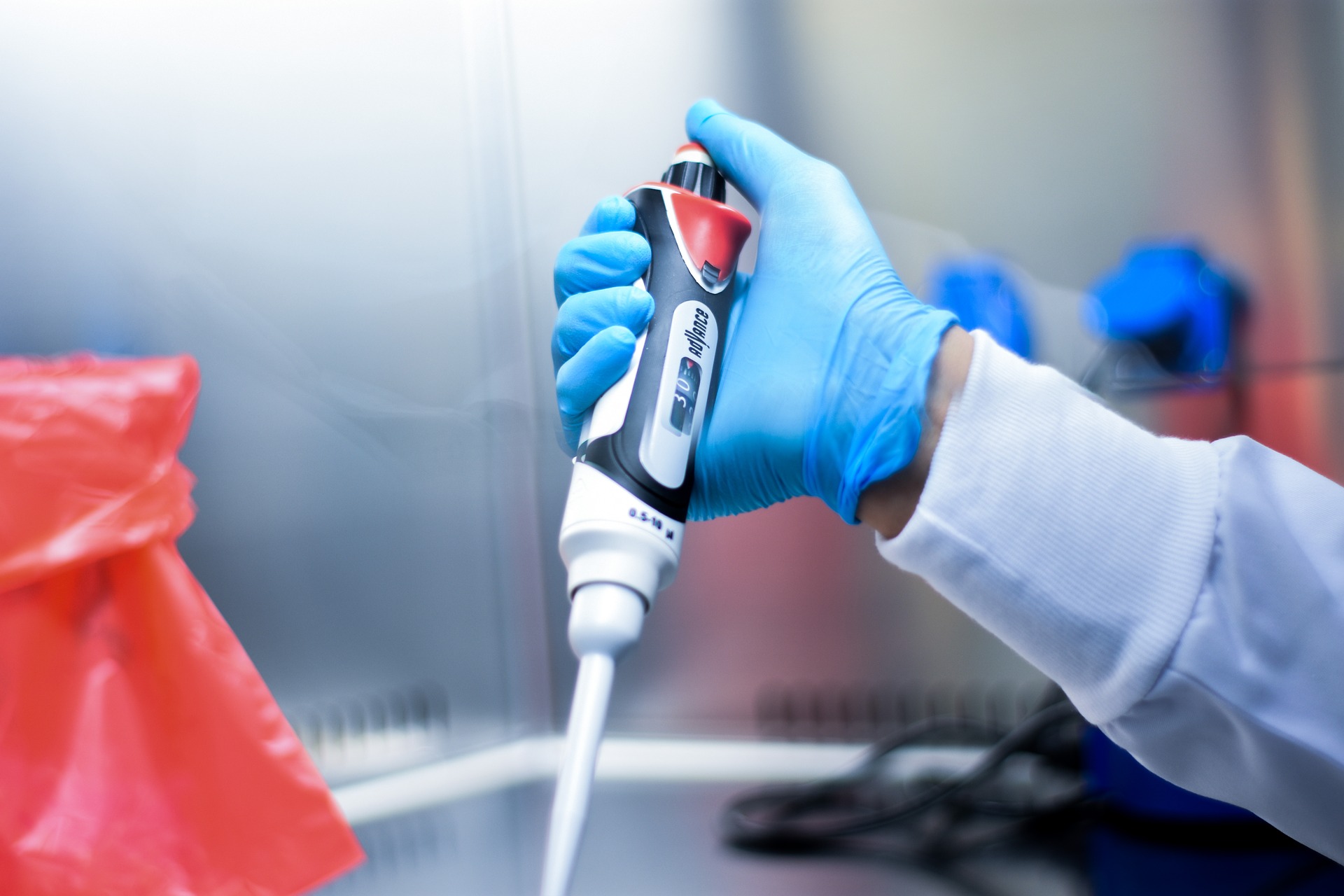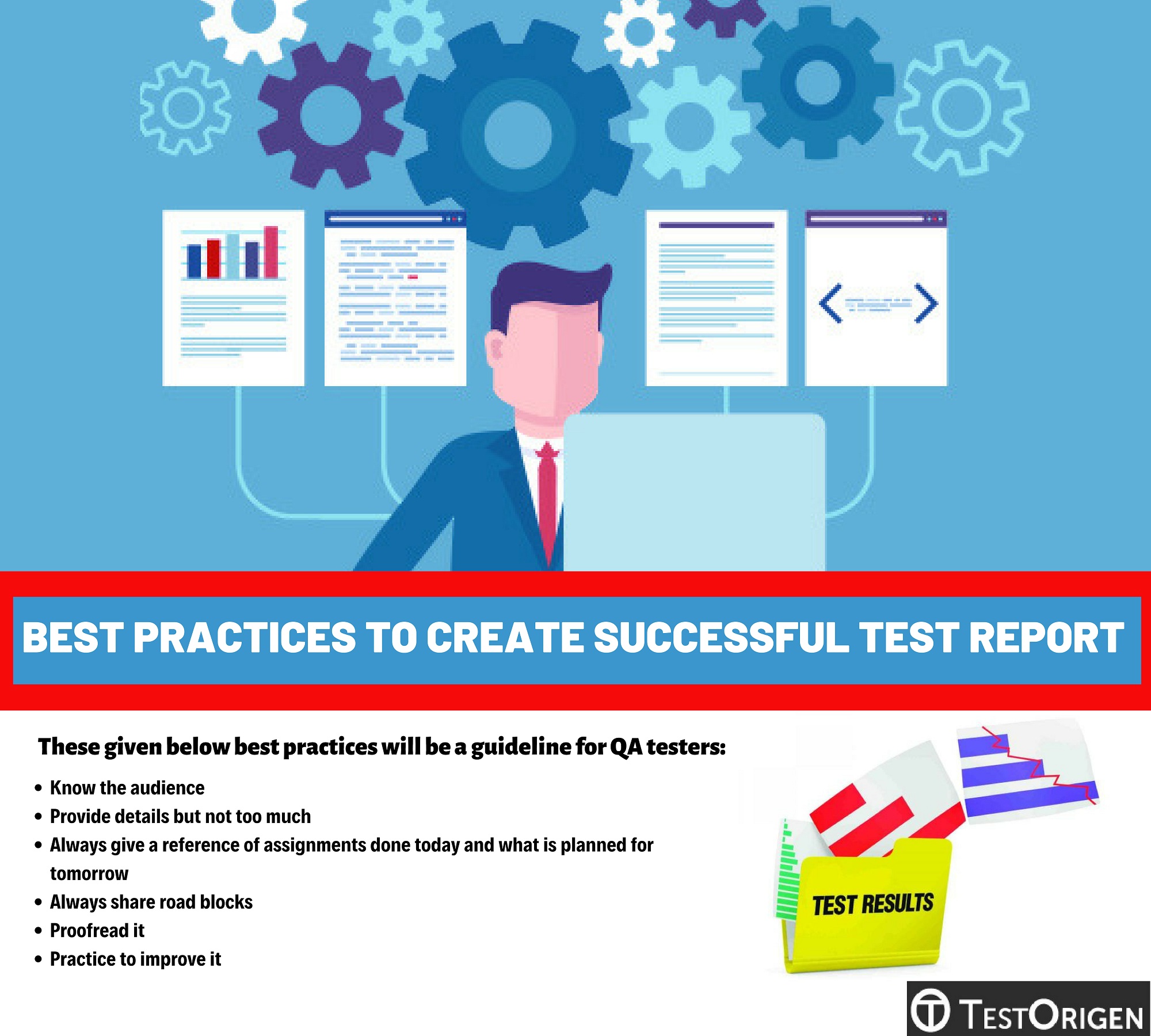What is Product Testing and Why is it Important?
Product testing is a crucial step in the product development process that involves evaluating a product’s performance, usability, and overall user experience. By gathering feedback from real users, companies can identify areas for improvement, reduce the risk of product failure, and create a better product that meets the needs and expectations of their target audience. In fact, many successful products have been improved through user testing, such as the iPhone, which was tested by thousands of users before its release, and Nike shoes, which are tested by professional athletes and everyday users to ensure their quality and performance.
Product testing is essential for companies to stay competitive in today’s fast-paced market. By testing their products with real users, companies can gain valuable insights into how their products are used, what features are most important to users, and how to improve the overall user experience. This information can be used to make data-driven decisions, reduce the risk of product failure, and create a product that meets the needs and expectations of the target audience.
For individuals who want to be a tester for new products, product testing offers a unique opportunity to provide feedback and shape the development of new products. By participating in product testing, individuals can earn rewards, such as free products or cash, and influence the creation of products that they use and love. Additionally, product testing can be a fun and rewarding experience that allows individuals to try new products before they are released to the public.
In summary, product testing is a critical step in the product development process that involves evaluating a product’s performance, usability, and overall user experience. By gathering feedback from real users, companies can create better products that meet the needs and expectations of their target audience. For individuals who want to be a tester for new products, product testing offers a unique opportunity to provide feedback, earn rewards, and influence the creation of new products.
How to Become a Product Tester: Requirements and Qualifications
To become a product tester, individuals typically need to meet certain requirements and qualifications. These may vary depending on the product testing platform, the type of product being tested, and the company’s specific needs. However, there are some common requirements and qualifications that are often sought after by product testing platforms.
Demographic characteristics, such as age, location, and occupation, are often used to select product testers. For example, a company may be looking for product testers who are between the ages of 25-45, live in a specific region, and have a certain level of education. Technical skills, such as proficiency in a particular software or programming language, may also be required for certain product testing opportunities.
Experience with similar products is also an important qualification for product testers. For example, if a company is testing a new smartphone, they may look for product testers who have experience with similar smartphones and can provide feedback on the new product’s features and usability.
Some product testing platforms, such as UserTesting and TryMyUI, require specific qualifications, such as a strong internet connection, a webcam, and a microphone. These platforms also often require product testers to complete a qualification test or survey to ensure they meet the necessary requirements.
For individuals who want to be a tester for new products, it’s essential to research the specific requirements and qualifications for each product testing opportunity. This can help ensure that they meet the necessary qualifications and increase their chances of being selected as a product tester.
In addition to meeting the specific requirements and qualifications, product testers should also have strong communication skills, be able to provide detailed and honest feedback, and be willing to follow instructions and complete tasks as required.
By understanding the typical requirements and qualifications for product testers, individuals can better prepare themselves for product testing opportunities and increase their chances of success in this field.
Types of Product Testing: In-Home, Online, and In-Person Testing
Product testing can be conducted in various settings, each with its own advantages and disadvantages. The three main types of product testing are in-home testing, online testing, and in-person testing. Understanding the differences between these types of testing can help individuals who want to be a tester for new products navigate the product testing landscape.
In-home testing involves testing products in the comfort of one’s own home. This type of testing is often used for products such as food, household cleaners, and personal care items. In-home testing allows individuals to test products in a natural setting, providing valuable feedback on how the product performs in real-life situations. However, in-home testing can be limited by the individual’s ability to provide detailed and objective feedback.
Online testing, on the other hand, involves testing products remotely through a website or online platform. This type of testing is often used for digital products such as software, apps, and video games. Online testing allows individuals to test products from anywhere with an internet connection, providing flexibility and convenience. However, online testing can be limited by the lack of face-to-face interaction and the potential for technical issues.
In-person testing involves testing products in a physical location, such as a testing facility or a store. This type of testing is often used for products such as electronics, furniture, and appliances. In-person testing allows individuals to interact with the product in a hands-on way, providing detailed and objective feedback. However, in-person testing can be limited by the need for individuals to travel to a physical location and the potential for bias in the testing environment.
Each type of product testing has its own advantages and disadvantages, and the choice of which type of testing to use depends on the specific product and the goals of the testing. By understanding the different types of product testing, individuals who want to be a tester for new products can better navigate the product testing landscape and find opportunities that match their skills and interests.
Examples of products that are typically tested in each way include food products, which are often tested in-home, electronics, which are often tested in-person, and software, which is often tested online. By understanding the different types of product testing, individuals can better prepare themselves for product testing opportunities and increase their chances of success in this field.
How to Find Product Testing Opportunities: Websites, Apps, and Social Media
For individuals who want to be a tester for new products, finding product testing opportunities can be a challenge. However, with the rise of online platforms and social media, it’s easier than ever to find product testing opportunities. Here are some tips on how to find product testing opportunities, including websites, apps, and social media platforms.
Websites such as UserTesting, Swagbucks, and InboxDollars offer product testing opportunities in exchange for rewards or cash. These websites allow individuals to sign up and create a profile, which is then used to match them with product testing opportunities. UserTesting, for example, offers product testing opportunities for websites, apps, and video games, while Swagbucks offers product testing opportunities for a wide range of products, including household items and personal care products.
Apps such as TryMyUI and Userlytics also offer product testing opportunities. These apps allow individuals to download and install them on their mobile devices, and then participate in product testing opportunities. TryMyUI, for example, offers product testing opportunities for websites and apps, while Userlytics offers product testing opportunities for a wide range of products, including electronics and appliances.
Social media platforms such as Facebook and Twitter can also be used to find product testing opportunities. Many companies use social media to recruit product testers, and individuals can search for product testing opportunities using hashtags such as #producttesting or #beta testing.
In addition to these online platforms, individuals can also search for product testing opportunities on company websites. Many companies offer product testing opportunities on their websites, and individuals can search for these opportunities by visiting the company’s website and looking for a “product testing” or “beta testing” section.
When searching for product testing opportunities, it’s essential to be cautious and do your research. Some product testing opportunities may be scams, and individuals should always read the terms and conditions before signing up. Additionally, individuals should never pay to participate in product testing opportunities, as this is often a sign of a scam.
By following these tips, individuals can find product testing opportunities and start earning rewards or cash for testing new products. Whether you’re looking to earn some extra money or simply want to try new products before they’re released to the public, product testing can be a fun and rewarding experience.
The Benefits of Being a Product Tester: Free Products, Cash, and More
Being a product tester can be a rewarding and lucrative experience. Not only do product testers get to try new products before they are released to the public, but they also have the opportunity to earn cash, receive free products, and influence product development.
One of the most obvious benefits of being a product tester is the opportunity to earn cash or rewards. Many product testing platforms offer payment or rewards in exchange for testing products and providing feedback. For example, UserTesting pays $10 for every 20-minute product test, while Swagbucks offers points that can be redeemed for gift cards or cash.
In addition to earning cash or rewards, product testers also have the opportunity to receive free products. Many companies send free products to product testers in exchange for their feedback and opinions. This can be a great way to try new products and discover new brands without having to pay for them.
Another benefit of being a product tester is the opportunity to influence product development. By providing feedback and opinions on new products, product testers can help companies identify areas for improvement and make changes to their products. This can be a rewarding experience for product testers who want to make a difference in the products they use.
Testimonials from experienced product testers highlight the benefits of being a product tester. For example, one product tester noted, “I love being a product tester because I get to try new products and earn cash at the same time. It’s a great way to make some extra money and discover new brands.” Another product tester noted, “I’ve been a product tester for several years and have had the opportunity to try some amazing products. It’s a great way to influence product development and make a difference in the products I use.”
Overall, being a product tester can be a rewarding and lucrative experience. With the opportunity to earn cash, receive free products, and influence product development, it’s no wonder that many people are turning to product testing as a way to make some extra money and try new products.
For individuals who want to be a tester for new products, the benefits of product testing are clear. By signing up with product testing platforms and participating in product tests, individuals can earn cash, receive free products, and influence product development. Whether you’re looking to make some extra money or simply want to try new products, product testing is a great way to achieve your goals.
How to Write Effective Product Test Reports: Tips and Best Practices
Writing effective product test reports is crucial for product testers who want to provide valuable feedback to companies and help them improve their products. A well-written product test report can make a significant difference in the product development process, and it’s essential to follow best practices to ensure that your reports are informative, objective, and useful.
One of the most important tips for writing effective product test reports is to provide detailed feedback. This means that you should include specific examples of your experiences with the product, including any issues you encountered and how you overcame them. You should also provide feedback on the product’s features, usability, and overall performance.
Using clear language is also essential when writing product test reports. Avoid using technical jargon or complex terminology that may be difficult for non-technical readers to understand. Instead, use simple and concise language that clearly communicates your findings and recommendations.
Including relevant screenshots or videos can also be helpful when writing product test reports. These visual aids can help to illustrate your points and provide a clearer understanding of the product’s features and functionality.
Honesty and objectivity are also crucial when writing product test reports. It’s essential to provide unbiased feedback that reflects your genuine experiences with the product. Avoid making assumptions or providing feedback that is based on hearsay or speculation.
Finally, it’s essential to follow the guidelines and instructions provided by the company or product testing platform. This may include specific requirements for the format and content of the report, as well as any deadlines or submission guidelines.
By following these tips and best practices, product testers can write effective product test reports that provide valuable feedback to companies and help them improve their products. Whether you’re a seasoned product tester or just starting out, these tips can help you to write high-quality reports that make a real difference in the product development process.
For individuals who want to be a tester for new products, writing effective product test reports is an essential skill to develop. By providing high-quality feedback and following best practices, you can increase your chances of success as a product tester and help companies to create better products that meet the needs of their customers.
Common Mistakes to Avoid as a Product Tester: Pitfalls and Red Flags
As a product tester, it’s essential to avoid common mistakes that can impact the product testing process and your reputation as a tester. Here are some pitfalls and red flags to watch out for:
Failing to follow instructions is one of the most common mistakes product testers make. This can lead to incomplete or inaccurate feedback, which can be frustrating for companies and undermine the validity of the testing process. To avoid this mistake, make sure to read and follow the instructions carefully, and ask questions if you’re unsure about anything.
Providing biased feedback is another mistake to avoid. This can happen when testers have a personal stake in the product or company, or when they’re influenced by external factors. To avoid biased feedback, it’s essential to remain objective and focus on providing honest and constructive feedback.
Neglecting to disclose conflicts of interest is also a mistake to avoid. This can happen when testers have a financial or personal interest in the product or company, and fail to disclose it. To avoid this mistake, make sure to disclose any conflicts of interest upfront, and avoid testing products that may pose a conflict of interest.
Examples of how these mistakes can impact the product testing process include:
A product tester who fails to follow instructions may provide incomplete or inaccurate feedback, which can lead to delays or missteps in the product development process.
A product tester who provides biased feedback may influence the product development process in a way that’s not objective or constructive, which can lead to a product that’s not meeting the needs of its target audience.
A product tester who neglects to disclose conflicts of interest may compromise the integrity of the testing process, which can lead to a loss of trust and credibility in the product testing process.
By avoiding these common mistakes, product testers can ensure that they’re providing high-quality feedback that’s objective, constructive, and valuable to companies. Whether you’re a seasoned product tester or just starting out, it’s essential to be aware of these pitfalls and red flags, and to take steps to avoid them.
For individuals who want to be a tester for new products, avoiding these common mistakes is crucial for success. By following best practices and avoiding pitfalls and red flags, you can build a reputation as a reliable and trustworthy product tester, and increase your chances of success in this field.
Conclusion: Turning Product Testing into a Lucrative Side Hustle
Product testing can be a lucrative side hustle for individuals who are passionate about trying new products and providing feedback to companies. By following the tips and best practices outlined in this article, individuals can turn product testing into a profitable and rewarding experience.
To succeed as a product tester, it’s essential to be proactive and persistent in finding product testing opportunities. This can involve signing up with multiple product testing platforms, following companies on social media, and networking with other product testers.
Additionally, it’s crucial to develop strong skills in providing detailed and objective feedback, as well as writing effective product test reports. This can involve practicing writing skills, learning about product testing methodologies, and staying up-to-date with industry trends.
By turning product testing into a lucrative side hustle, individuals can earn extra income, try new products, and influence product development. Whether you’re a student, a stay-at-home parent, or a working professional, product testing can be a flexible and rewarding way to earn extra money and pursue your interests.
So, if you’re interested in becoming a product tester and turning it into a lucrative side hustle, start by following the tips and best practices outlined in this article. Sign up with product testing platforms, practice your writing skills, and stay proactive in finding product testing opportunities. With persistence and dedication, you can turn product testing into a profitable and rewarding experience.
Finally, we invite you to share your own experiences and tips in the comments below. What are some of your favorite product testing platforms? How do you stay proactive in finding product testing opportunities? Share your stories and advice with our community, and let’s work together to make product testing a lucrative and rewarding experience for everyone.






